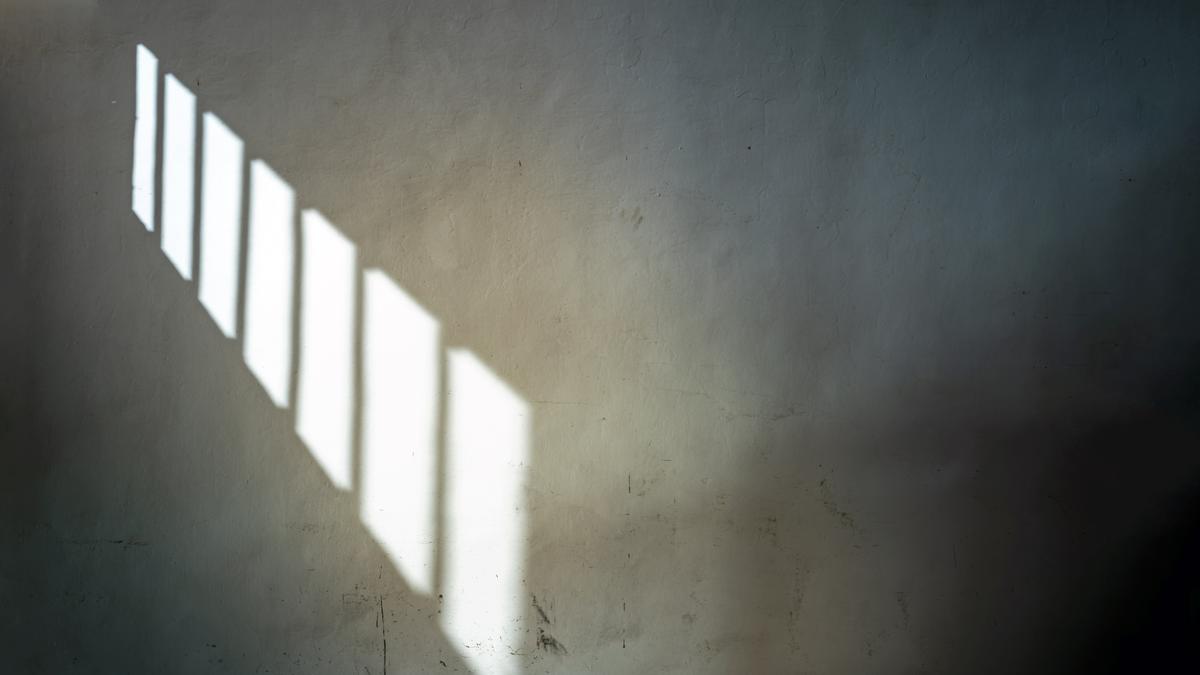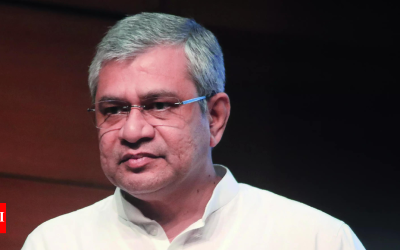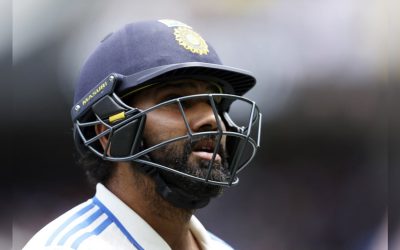The danger of an unchecked pre-crime framework

Articles 22(3) – (7), which constitutionalised preventive detention, are the Bermuda Triangle in India’s constitutional Atlantic where fundamental rights such as liberty, equality and due process vanish without a trace.
In June this year, while setting aside a preventive detention order under the Kerala Anti-Social Activities (Prevention) Act, 2007 (KAAPA) in Dhanya M. vs State of Kerala (2025 INSC 809), the Supreme Court of India underscored that the extraordinary power of preventive detention must be exercised sparingly and strictly in accordance with constitutional safeguards. Reaffirming the principle that individual liberty cannot be curtailed lightly, the Court highlighted the vital distinction between “public order” and “law and order” and clarified that preventive detention cannot be used as a substitute for criminal prosecution or as a means to circumvent bail orders.
Similarly, in S.K. Nazneen vs State of Telangana (2023), the Court held that preventive detention was not justified when the case pertained to a mere law and order issue rather than a public order concern.
However, such judicial assertions appear increasingly inconsistent with the operation of laws such as KAAPA, which envelop the entire Milky Way of “law and order” rather than confining themselves to the solar system of “public order”, due to their broad definitions of “goonda” and “rowdy”.
The judgment in Dhanya M. referenced Rekha vs State of Tamil Nadu, where the Court held that the power of preventive detention is an exception to Article 21 and must be treated as such — an exceptional measure to be employed only in rare circumstances. Likewise, in Banka Sneha Sheela vs State of Telangana (2021), the Court reiterated that any action involving preventive detention must be tested against the standards of Article 21. These rulings offer a faint glimmer of light at the end of a tunnel, yet executive overreach continues unchecked in the domain of preventive detention.
A constitutional abyss
Preventive detention in India has a long lineage, dating back to the Bengal Regulations of 1818, devised by the British to maintain colonial control. The Government of India Act, 1935, empowered provincial legislatures to enact preventive detention laws in the interest of “public order”. Although Britain employed such measures only during wartime, independent India inherited and retained this colonial relic with astonishing zeal.
In The Indian Constitution: A Conversation with Power, Gautam Bhatia says: “Occupying an ambiguous zone between the (formally) extraordinary and the (practically) ordinary, preventive detention was thoroughly embedded into the Indian legal landscape at the time of Independence: so much so that, facing a situation of communal tensions, communist uprisings, and the Partition, it turned into a public order tool under the newly independent federal and provincial governments.”
Preventive detention was fiercely debated in the Constituent Assembly. The prevailing communal unrest lent it some legitimacy. Gautam Bhatia astutely observes that “Article 22 was framed as a Janus-faced provision — incorporating elements of due process, and then excluding them from the scope of preventive detention laws.”
The case of A.K. Gopalan vs State of Madras (1950) became a litmus test for the nascent republic’s commitment to the constitutional citizen’s right to life and liberty. Gopalan, a communist leader, was detained under a colonial law, later revalidated by the Preventive Detention Act, 1950. He challenged his detention under Article 21, citing the absence of “procedure established by law”, and under Article 19, alleging a violation of his freedoms of movement and speech. The Court, however, rejected his claims, holding that preventive detention could only be tested on the basis of Articles 22(3)–(7).
Thus, Article 22 became an “authoritarian penal colony” or a “Devil’s Island” in India’s constitutional geography — isolated from the ocean of fundamental rights. Parliament was empowered to enact laws that could even dispense with the advisory board review required under Article 22(4), by merely invoking special “circumstances” or “classes of persons”. Somnath Lahiri rightly warned that such provisions rendered the Indian Constitution a “Police-Constable Constitution.”
When the golden triangle eclipses
Subsequent judgments fortified this constitutional Devil’s Island. The top court ruled that even when the grounds of detention directly implicated a fundamental right, it was sufficient for authorities to comply with the procedures in Article 22 — there was no requirement to meet the substantive restrictions applicable to fundamental rights. This position endured despite the Court’s revolutionary judgment in Maneka Gandhi vs Union of India (1978), which held that “procedure established by law” must mean fair, just and reasonable due process, and that fundamental rights must be read as a unified whole.
Yet, in A.K. Roy vs Union of India (1982), the Court fell back on pre-Maneka reasoning to assert that preventive detention laws could not be challenged for violating Articles 14, 19, or even the enriched interpretation of Article 21. The Court also refused to subject such laws to the doctrine of proportionality, which had become a central tenet of constitutional review elsewhere in the rights framework. Thus, a person ensnared in this Bermuda Triangle of Article 22 is effectively cut off from the Golden Triangle of Articles 14, 19, and 21, and is plunged into legal darkness.
Granville Austin, in Working a Democratic Constitution: A History of the Indian Experience (1999), prophetically observed: “Preventive detention had had seductive charms for the executive branch, as the former Chief Justices’ letter [to the President and Prime Minister in 1966] had pointed out. Although perhaps a ‘necessary evil’ in some situations — such as witness intimidation — it easily became a crutch whose overuse produced not only injustice to individuals but also atrophy in police investigatory and prosecutorial skills. These hazards would only intensify over time.”
Dilemma of the pre-crime
Steven Spielberg’s Minority Report (2002) — based on Philip K. Dick’s 1956 short story — powerfully dramatises the jurisprudential dilemmas of preventive detention, particularly in liberal democracies. In the film, a special police unit called PreCrime uses precognitive humans (Precogs) and advanced technology to prevent murders before they occur. The protagonist is apprehended for a murder he has not yet committed. He is presumed guilty, denied a fair trial, and offered no opportunity to be heard.
This mirrors the legal logic of preventive detention, which bypasses fundamental principles such as audi alteram partem, the presumption of innocence and judicial scrutiny. Although science fiction, the film offers a striking metaphor for the ethical and legal perils that accompany the logic of preventive incarceration.
In the film, alternative futures — or “minority reports” — reveal that the Precogs are not infallible. This echoes the inherent uncertainty in predicting human behaviour, which is the Achilles’ heel of preventive detention regimes. In India, courts have repeatedly acknowledged that the “subjective satisfaction” of the detaining authority is susceptible to misuse, especially in cases that involve dissent, protest or political opposition.
In this metaphorical ecosystem, the sponsoring authority, detaining authority, and even the advisory board function as India’s equivalent of the Precogs — issuing decisions based on perceptions and probabilities rather than proof and procedure. With weak procedural safeguards and limited judicial review, preventive detention in India presents the very dangers that Minority Report sought to warn us against.
Editorial | Safeguards and procedures: On India’s preventive detention laws
In light of the top court’s recent observations in Dhanya M., there is an urgent need to re-examine the constitutional propriety of A.K. Gopalan and A.K. Roy, and to reform the preventive detention regime. At the very least, such extraordinary powers should be confined strictly to combating grave threats such as terrorism and transnational drug cartels, and not used as a routine administrative tool. Unless checked, India’s pre-crime framework will continue to undermine the very constitutional values that it purports to protect.
Faisal C.K is Deputy Law Secretary to the Government of Kerala. The views expressed are personal
Published – October 09, 2025 12:16 am IST



